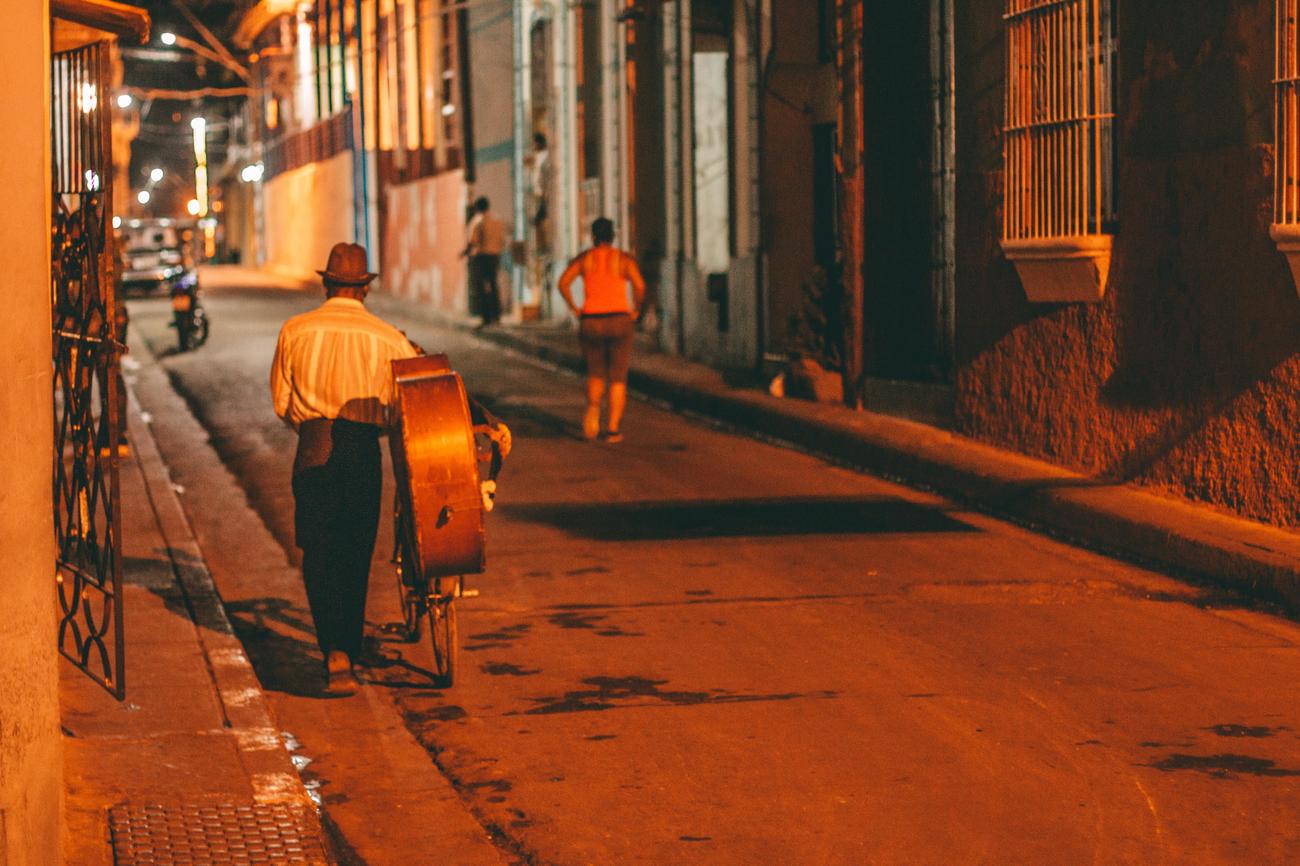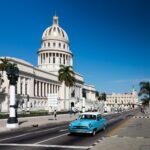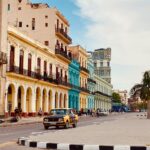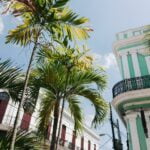Are you ready to dive deep into the inner workings of Cuba’s government and uncover some intriguing facts? Well, you’ve come to the right place! As an experienced political analyst with a passion for international relations, my goal is to unravel the intricate dynamics of governments worldwide. In this article, we will explore the fascinating world of Cuba’s government, delving into its unique structure, policies, and influences. Get ready to broaden your understanding and gain insights that are sure to leave you intrigued. Let’s embark on this enlightening journey together!
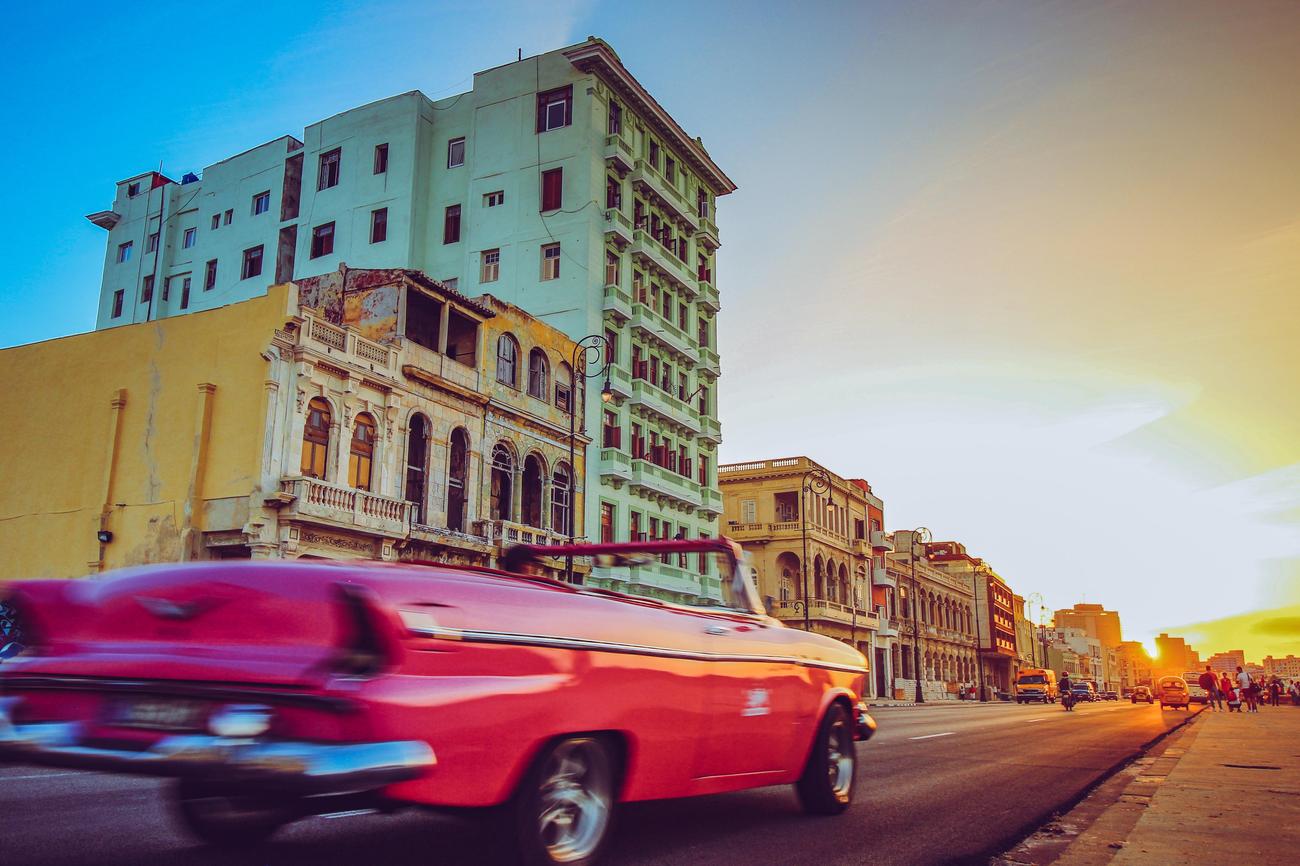
Interesting Facts about Cuba’s Government
Cuba’s government has long been a subject of fascination and intrigue, with its unique and complex structure. In this article, we will explore some captivating facts about Cuba’s government that shed light on its dynamics and provide a deeper understanding of its political system.
1. The Cuban Communist Party’s Dominance
One of the most notable aspects of Cuba’s government is the dominance of the Cuban Communist Party. Cuba is a socialist state, and the Communist Party exercises significant control over all aspects of governance. It serves as the guiding force behind economic and social policies, making it an indispensable institution in the country’s political landscape.
2. Government’s Role in Providing Basic Needs
In Cuba, the government plays a crucial role in providing healthcare, housing, food, and other basic needs for its citizens. This extensive government intervention ensures that the Cuban people are reliant on the state for their daily necessities. While this system guarantees access to essential services, it also raises concerns about individual freedom and autonomy.
3. Lack of Political Opposition
Cuba’s government operates under an authoritarian regime, where political opposition is not allowed. This lack of political pluralism has long been a point of contention and scrutiny. It stifles dissenting voices and restricts the diversity of political ideologies within the country. However, the government argues that this centralized decision-making process allows for more efficient governance.
4. Leadership Succession and Fidel Castro’s Legacy
Fidel Castro, one of the most iconic figures in Cuba’s political history, led the country until 2008 when he stepped down due to illness. He was succeeded by his brother, Raúl Castro, who continued to lead until 2018. This smooth transition of power within the Castro family showcases the strong grip the Castro dynasty had on Cuba’s government for several decades.
5. New Leadership under Miguel Díaz-Canel
In 2018, Miguel Díaz-Canel became the new leader of Cuba, breaking the Castro family’s direct rule. His ascension marked a significant shift for the government and raised hopes for potential reforms. However, it is essential to note that Díaz-Canel’s leadership continues within the broader framework of the Cuban Communist Party’s control.
6. Cuban-Soviet Alliance and Post-Soviet Era
Cuba had a close relationship with the Soviet Union, particularly during the Cold War era. The Soviet Union provided economic and military assistance to Cuba, solidifying their alliance. However, with the collapse of the Soviet Union in 1991, Cuba faced significant economic challenges due to the loss of this crucial support.
Overall, Cuba’s government remains a subject of fascination due to its socialist structure, lack of political opposition, and a powerful Communist Party. While some admire its ability to provide essential services, others raise concerns about individual liberties. Understanding these intriguing facts about Cuba’s government can shed light on its complexities and encourage a broader appreciation for its political dynamics.
“Cuba’s government stands as a testament to the enduring influence of the Cuban Communist Party, exerting significant control over governance and policy-making.”
Cuba, a land of vibrant culture and rich history, holds a treasure trove of intriguing facts waiting to be discovered. From its stunning architecture to its flavorful cuisine, there are countless reasons why Cuba is a destination worth exploring. If you’re curious to uncover some fascinating insights about this captivating country, look no further. Check out our collection of intresting facts about Cuba to feed your curiosity and gain a deeper appreciation for this extraordinary island. Embark on a virtual journey to Cuba by clicking here: intresting facts about cuba. Let your imagination soar as you dive into the captivating world of Cuba.
Interesting Facts About Cuba’s Government
Did you know that Cuba’s political system has some truly fascinating aspects? From the intriguing workings of their governance to the lesser-known details about their system, there’s so much to discover. For example, have you ever wondered about the inner workings of Cuba’s political system? If so, you’ll definitely want to check out our article on the fascinating aspects of Cuba’s political system. Trust us, you won’t want to miss this eye-opening exploration into the unique nature of Cuba’s governance.
To learn even more about the lesser-known details about Cuba’s governance, we highly recommend clicking on our article titled “Lesser-Known Details About Cuba’s Governance.” You’ll be amazed at the hidden intricacies of how their government functions and gain a deeper understanding of their political landscape. Don’t miss out on this opportunity to expand your knowledge and dive into the complexities of Cuba’s government.
So why wait? Click on these captivating internal links to uncover the captivating and lesser-known aspects of Cuba’s political system:
Happy exploring!
In the documentary titled “Cuba: High prices, lines and shortages,” the harsh reality of life in Cuba is explored. The Cuban people have been facing economic struggles for many years, with high prices and shortages of basic necessities becoming a daily challenge.
[youtube v=”Ya46bmRa0os”]
Despite the government’s plans to fix the country’s economy, the situation on the ground remains grim. Cuba still operates on multiple currencies, leading to inflation and financial chaos. The result has been a significant decrease in the population’s purchasing power, despite nominal wage increases.
The Cuban people have had to rely on their resourcefulness and creativity to survive. This is particularly evident in the transportation sector, where old cars have been revamped with parts from various sources to keep them running. Moreover, finding essential products has become increasingly difficult, leading to long lines and dependence on the black market.
The impact of external factors, such as the U.S. embargo and the global pandemic, has further exacerbated the challenges faced by Cuba. Remittances from abroad, tourism, and professionals working overseas were major sources of income, but all of these sectors have been severely affected.
While the embargo has certainly had an impact, it cannot solely be blamed for all of Cuba’s problems. There are inherent flaws in the country’s socialist model, contributing to inefficiencies and a lack of stimulus. Moreover, there is a stark disconnect between the official rhetoric and the reality on the ground, with the government’s promises of improvement falling on deaf ears.
The deterioration of infrastructure, cultural heritage, and overall living conditions is evident throughout the country. The once vibrant city of Havana now finds itself in ruins, with buildings deteriorating and streets in disrepair. This has led to a sense of despair among the population who see their beloved Cuba falling apart.
There is also a growing sense of disillusionment among the younger generation who no longer believe in the promises of change. The Cuban system, with its bureaucratic socialism and single-party rule, is facing its most challenging period in its 62-year history. The monopoly of information that the government once relied on has been challenged by the rise of the internet, alternative media, and social platforms.
In conclusion, life in Cuba is marked by high prices, long lines, and severe shortages of basic necessities. The economic restructuring promised by the government has not translated into tangible improvements for the population. External factors, such as the U.S. embargo and the global pandemic, have further compounded the challenges faced by the Cuban people. The deteriorating infrastructure and growing disillusionment among the younger generation paint a bleak picture for the future.
FAQ
Question 1: What type of government does Cuba have?
Answer 1: Cuba is a socialist state run by the Cuban Communist Party.
Question 2: How are the basic needs of the Cuban people met?
Answer 2: The Cuban people are completely reliant on the government to provide healthcare, housing, food, and other basic needs.
Question 3: Is there any political opposition permitted in Cuba?
Answer 3: No, Cuba has an authoritarian regime where political opposition is not permitted.
Question 4: Who were the previous leaders of Cuba?
Answer 4: Fidel Castro was the leader of Cuba until 2008, when he stepped down due to illness and was succeeded by his brother Raúl Castro. In 2018, Miguel Díaz-Canel became the new leader.
Question 5: What was Cuba’s relationship with the Soviet Union?
Answer 5: Cuba was a close ally of the Soviet Union until its collapse in 1991.
“`json
“`
